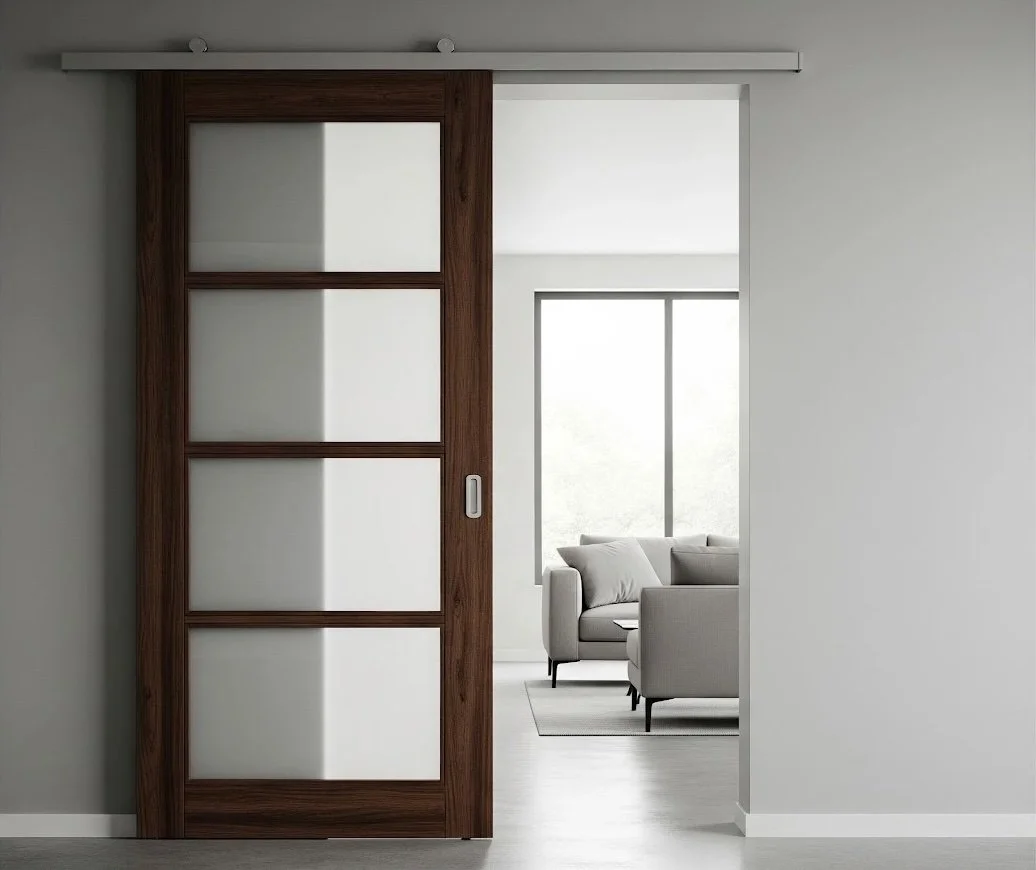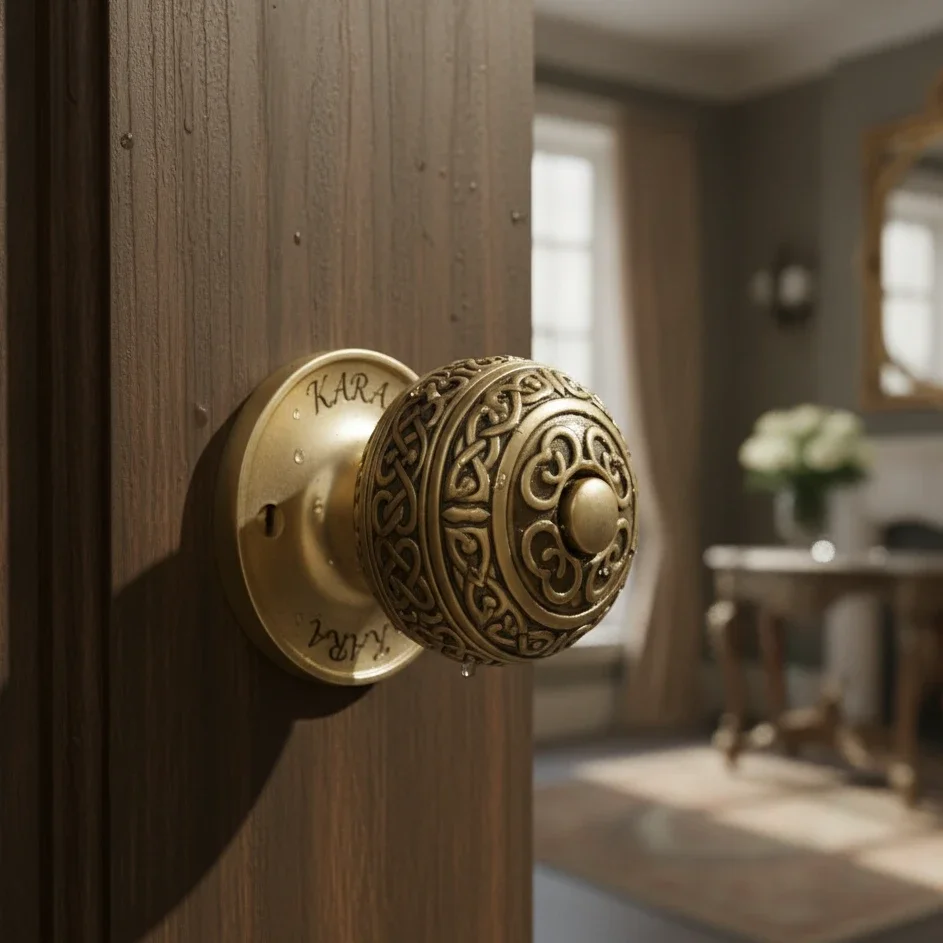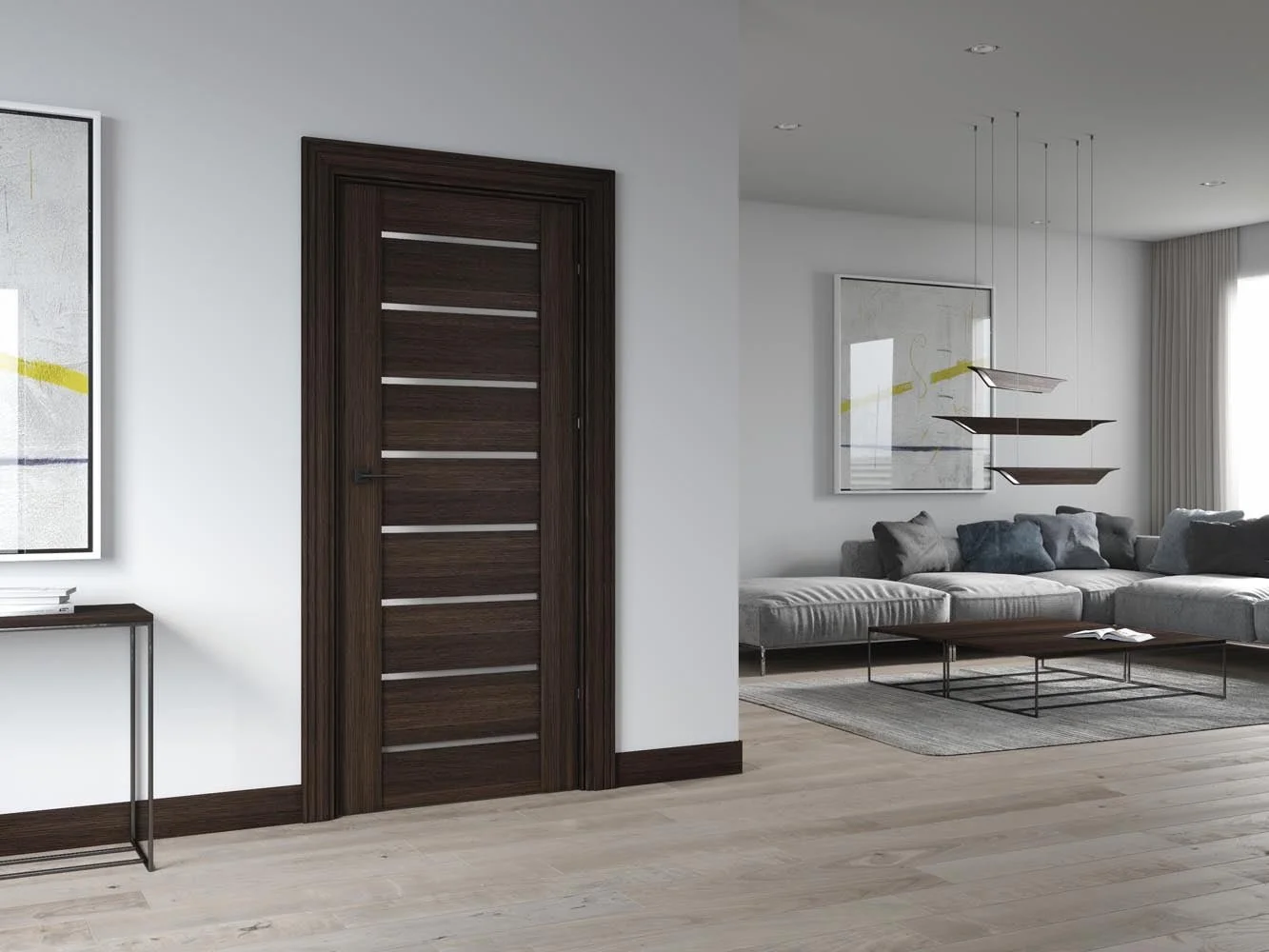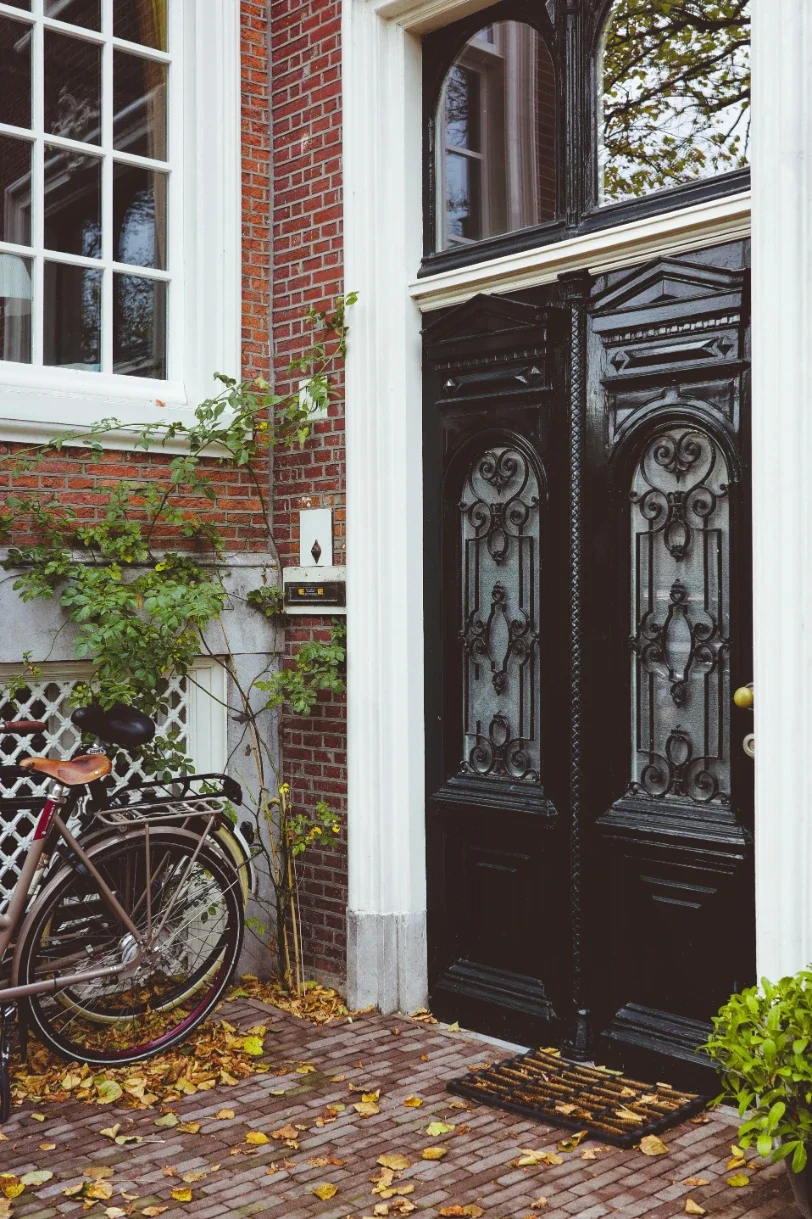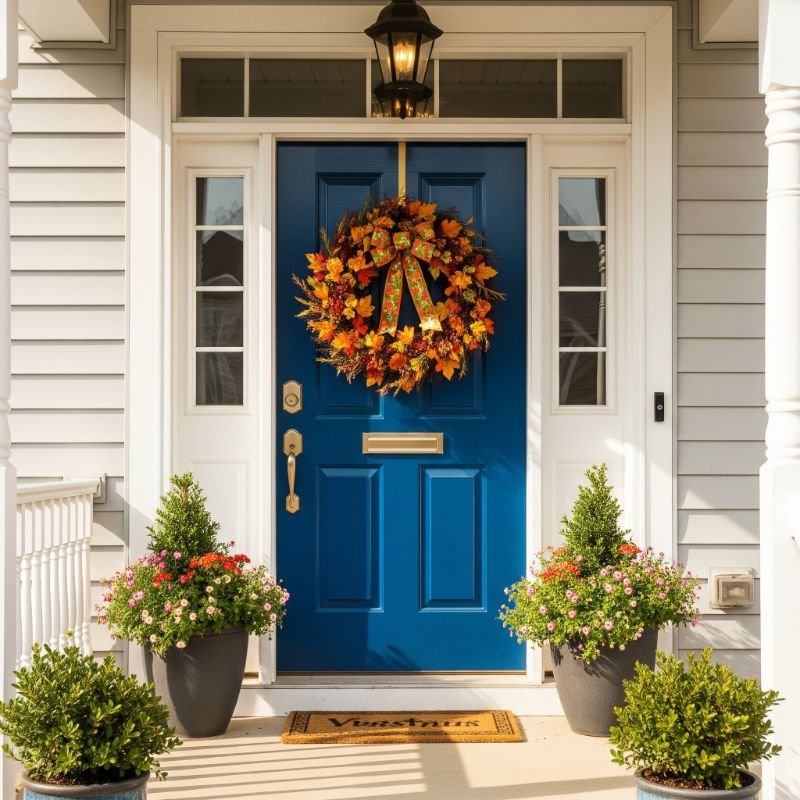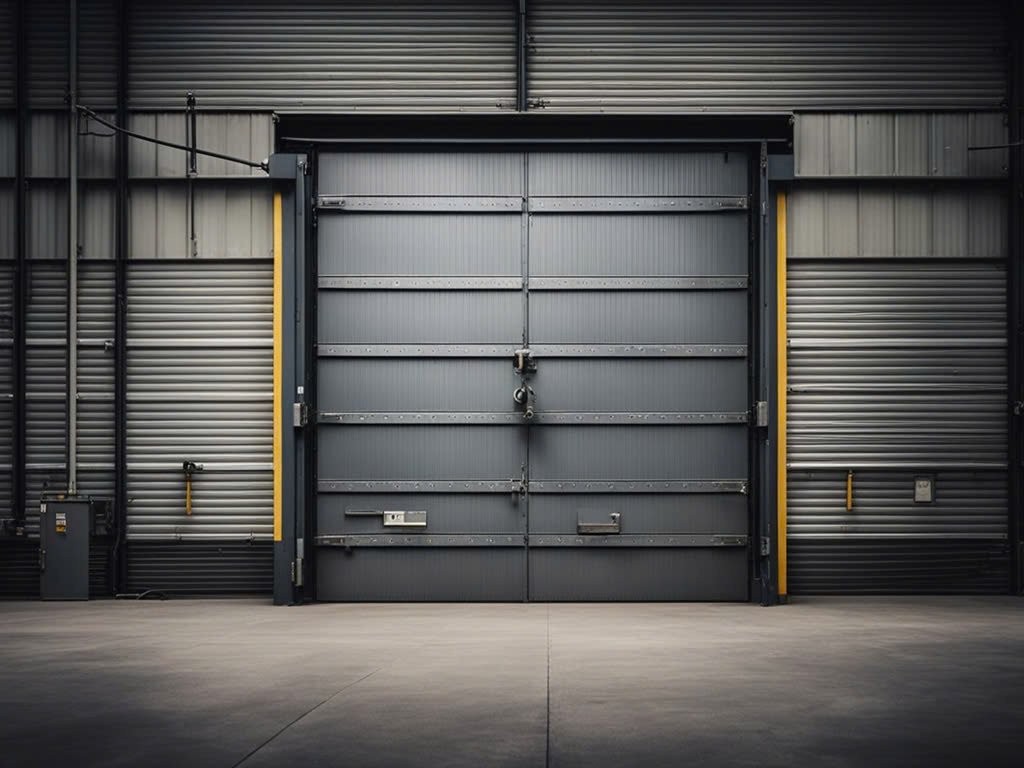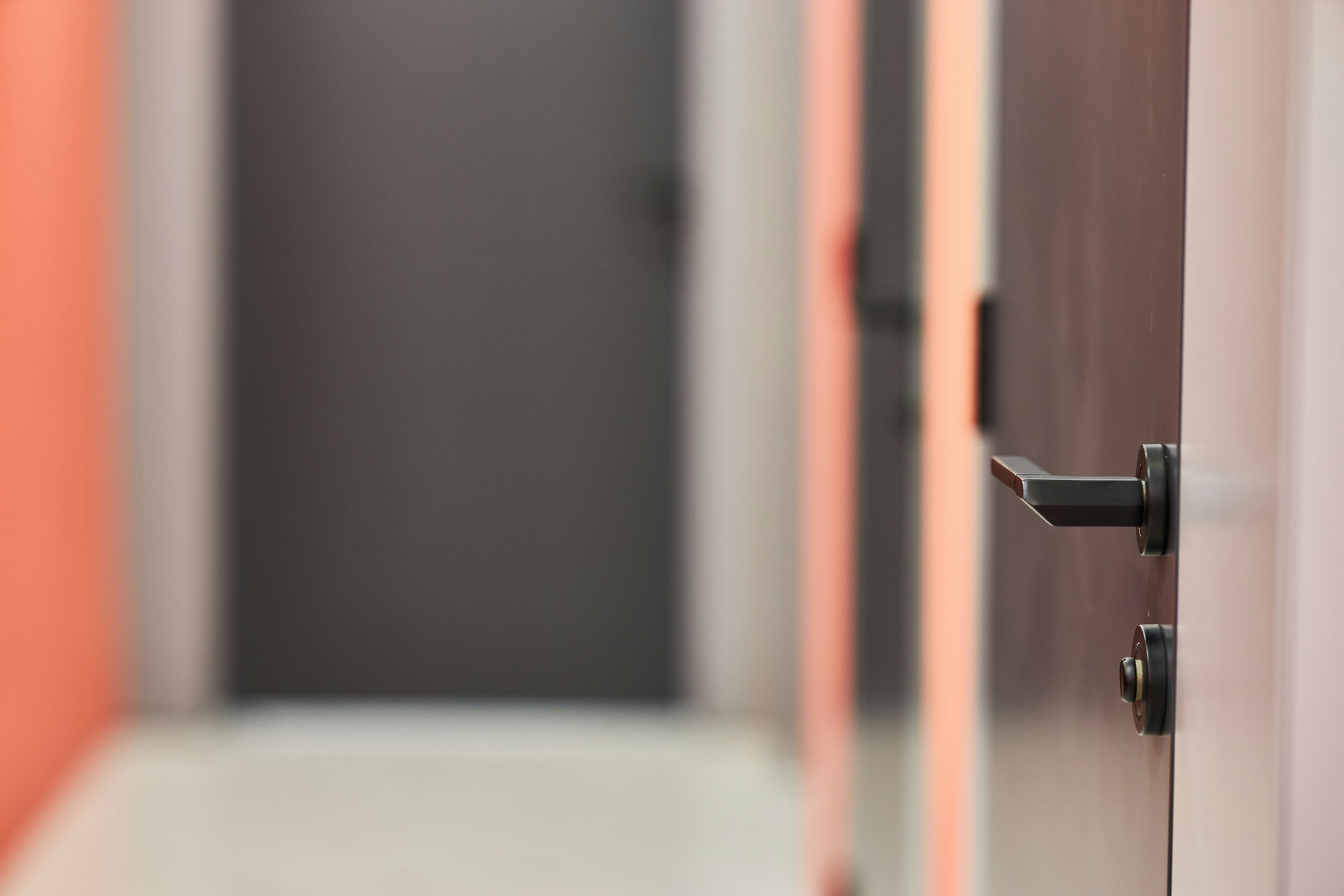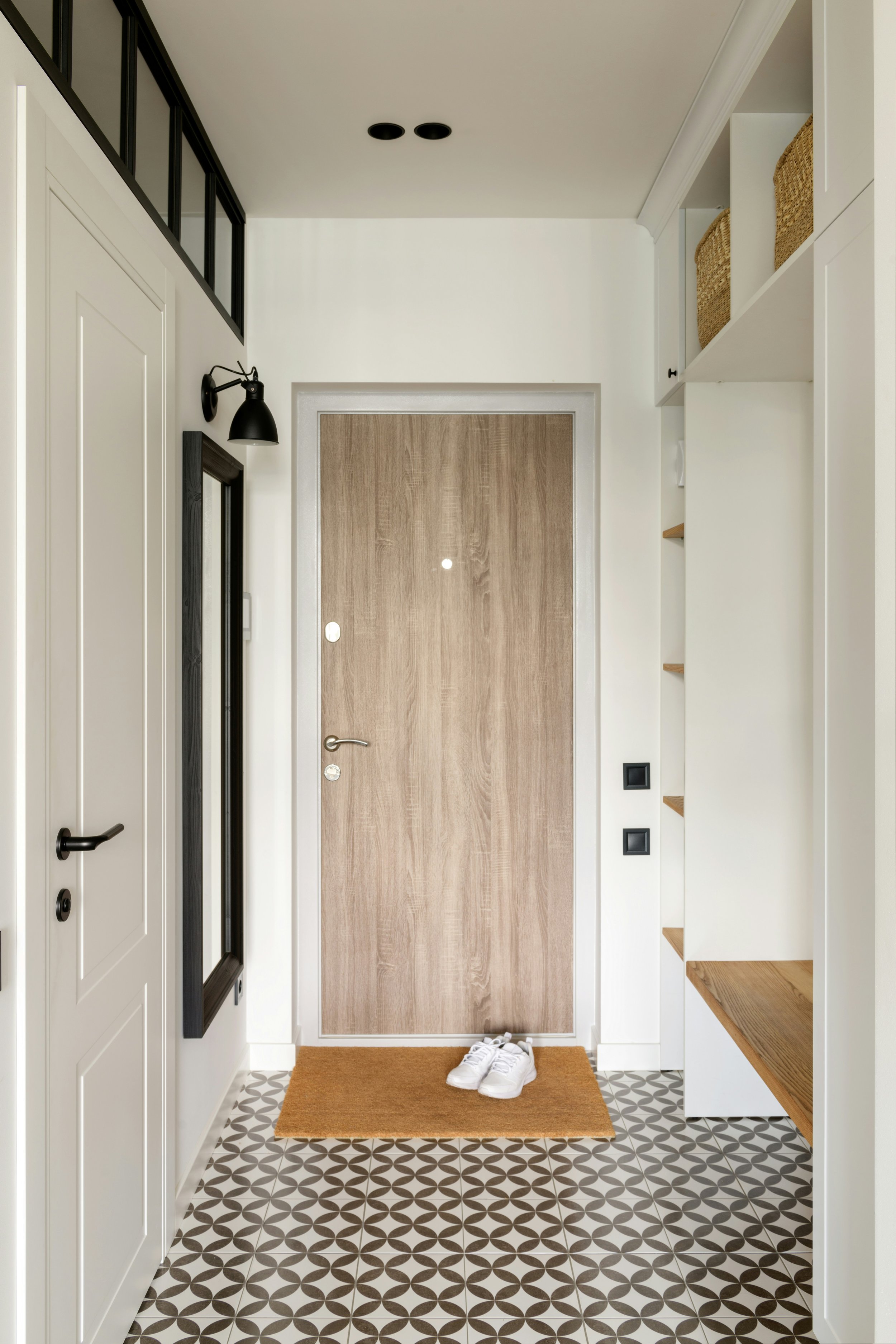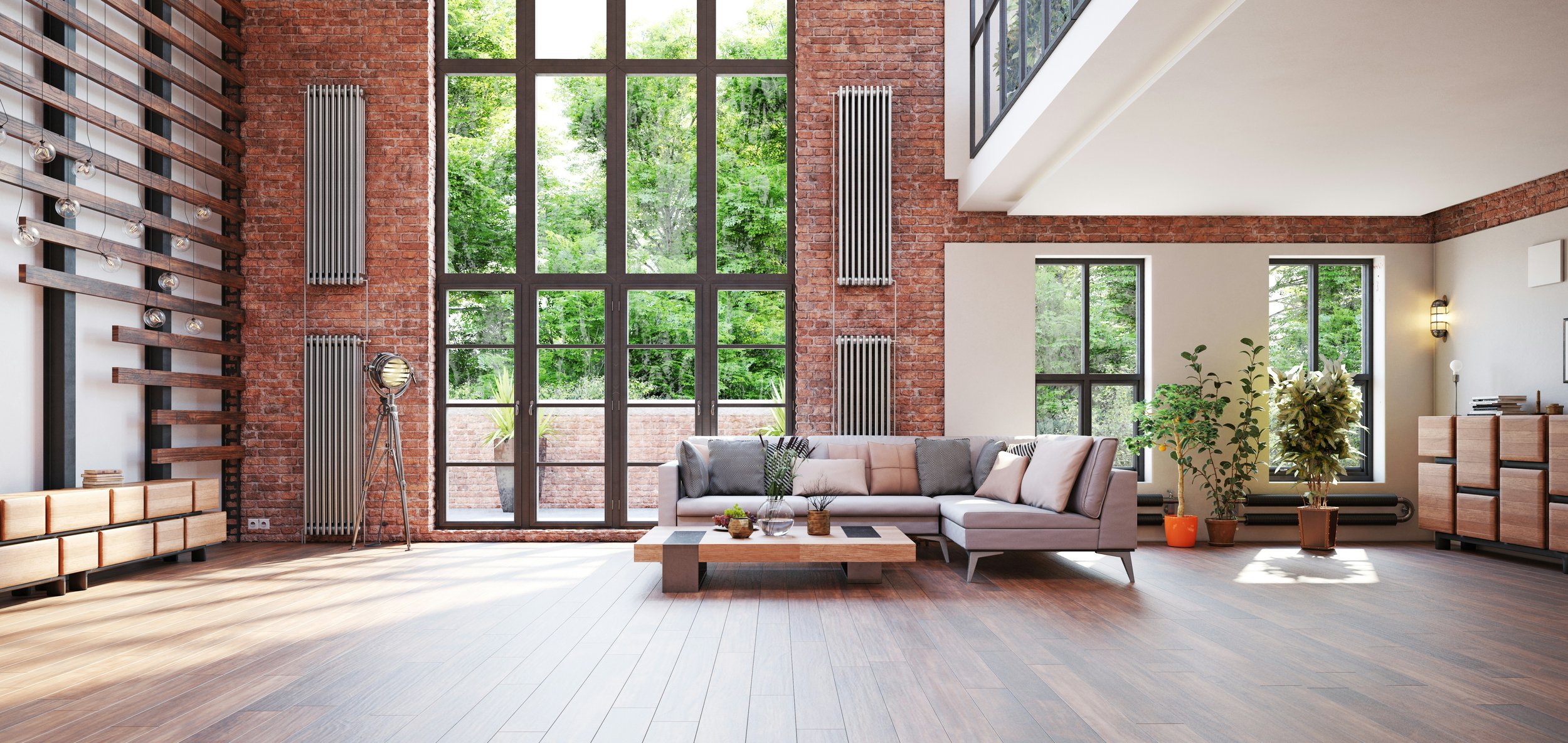Seamless Transitions: How to Integrate a Sliding Door Perfectly
Discover expert tips for integrating sliding doors that enhance space, light, and flow while maintaining a sleek, modern aesthetic in your home.
We build our homes with fixed points and rigid boundaries, yet we crave fluidity. A swinging door demands a tribute of empty floor space, a tax on our precious square footage. Its arc dictates furniture placement and interrupts the natural flow of a room. There exists, however, an elegant alternative that trades the swing for a graceful slide. Incorporating a sliding door isn't merely a functional swap; it's a philosophical shift toward more adaptable, luminous, and spatially intelligent living. But doing it correctly requires more than just buying a kit.
Understanding the Modern Sliding System
Forget the rattling, hard-to-move patio doors of the past. Contemporary sliding systems are exercises in precision engineering. Their appeal lies in a harmonious blend of strength and subtlety. Many feature slimline sliding doors with minimal frames, maximizing glass area to create an almost invisible barrier between interior and exterior spaces. High-quality roller mechanisms ensure the heaviest glass panels move with a gentle, effortless push. This isn't just a door; it's a piece of architectural hardware designed to disappear, putting the view, or the connection between rooms, at the forefront.
Choosing the Right Location
Success begins with placement. The most transformative installations often replace an entire wall or a large fixed window, effectively turning it into a vast, operable opening. This works spectacularly for transitions to patios, decks, or gardens, erasing the hard line between inside and out. Internally, they are perfect for separating a home office from a living area or concealing a laundry room, offering flexibility that a permanent wall denies. The critical factor is having sufficient blank wall space adjacent to the opening for the door to travel across fully when open.
Navigating Space and Clearance
This is the most common oversight. A sliding door doesn't just need an opening; it requires a dedicated runway. Before committing, you must confirm that the wall where the door will park is completely free of obstructions. This means no light switches, no electrical outlets, no thermostats, and certainly no artwork or shelving. The entire track length must remain perpetually clear. Furthermore, consider the "stack," or how much wall space the door panels will occupy when open. A multi-panel system might require six or more feet of blank wall.
The Critical Role of the Track and Hardware
The visible door is only half the story. Its performance and longevity are determined by the unseen components. The overhead track must be perfectly level and securely anchored into solid structural supports, not just drywall. Inferior rollers will lead to sticking, jumping, and eventual failure. For a truly seamless look, some systems offer a pocket door configuration where the wall is framed to accept the door completely, allowing it to vanish from sight. Whether surface-mounted or pocketed, the quality of the track and hardware is non-negotiable.
Material and Glazing Considerations
Your choices here impact aesthetics, maintenance, and energy efficiency. Aluminum frames are strong, slim, and low-maintenance. Wood offers classic warmth but requires more upkeep. For the glass, standard double-paning is essential for insulation. In extreme climates, triple glazing or low-emissivity coatings can significantly improve thermal performance. For privacy in interior applications, consider options like frosted, reeded, or tinted glass that diffuse light while maintaining a sense of openness.
Professional Installation vs. DIY
While some interior barn-door-style kits are marketed to DIYers, a full-scale architectural sliding system is a professional's domain. The weight of the glass is substantial, and the tolerance for error is virtually zero. A misaligned track or an improperly supported header can lead to operational problems, drafts, and even safety issues. A professional ensures the structure is prepared, the unit is perfectly leveled, and the weather sealing is intact, guaranteeing a result that is both beautiful and built to last.
A Final Thought on Flow
Installing a sliding door correctly is an investment in a more fluid domestic experience. It’s a decision to prioritize light and spatial continuity over rigid separation. When the track is straight, the hardware is robust, and the placement is strategic, the mechanism itself fades into the background. What remains is the pure function: the effortless ability to redefine a space, connect with the outdoors, and allow your home to breathe. That seamless operation is the ultimate mark of a job done right.
